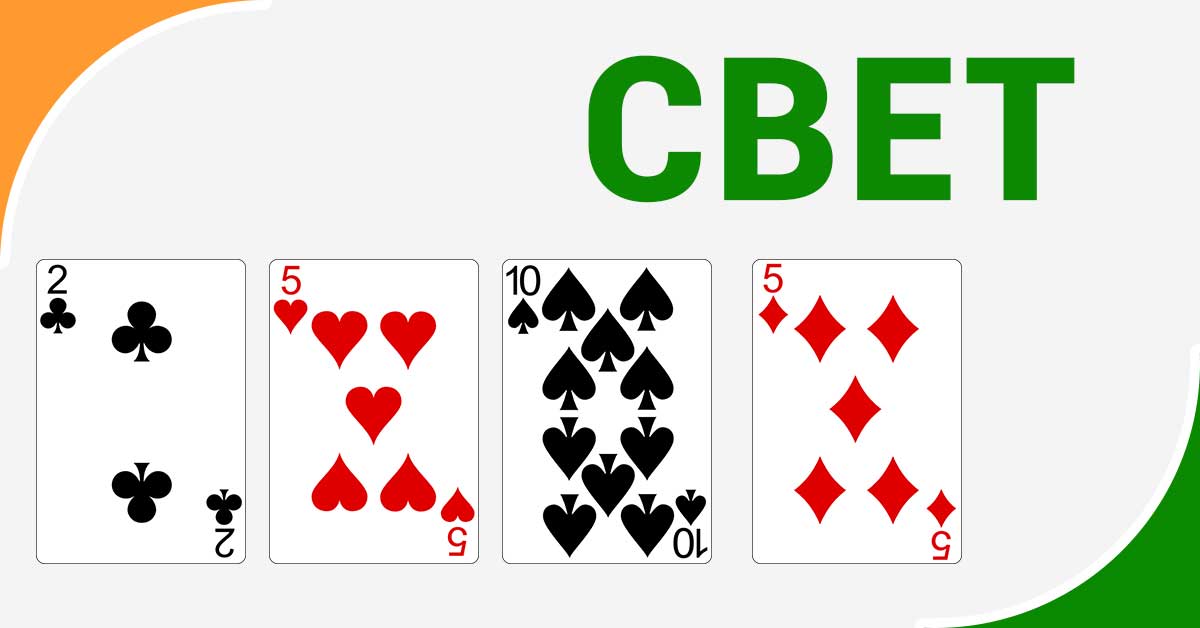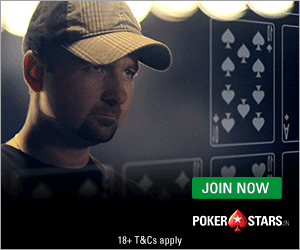In our previous article it has been already explored the art of the continuation bet. For a quick recap, a continuation bet is a bet made on the flop after having already put pressure on your opponent preflop. It can be executed either in bluff or for value, depending on your opponent’s style and the texture of the board.
Contents
When to carry on action on the turn
The texture of the board, in fact, is a key factor to determine whether is the case to perform a continuation bet or not and, most importantly, in the very moment you go for it on the flop, you should already know on which turn you are going to keep on betting, for value or in bluff.
If we exclude the obvious board such as A953 with AK, on which you just want to bet for value in most of the cases, there are way less clear boards where to decide if betting on the turn or just let it go.
Boards clearly meant for a bet on turn
The texture on the flop should suggest you if keep on betting. Every time you feel that there are several turns that can help the equity you hand, planning to bet flop and turn is a wise strategy.
E.g. If you have AdJd on a flop Ks9s3d there are several reasons to bet the flop and then also the turn:
- any diamond will help the equity of your hand giving you outs for the nut flush draw
- Aces and Jacks will improve your hand because in the calling range of your opponent there are not only Kx type of hands
- you might be already ahead, if you opponent has a spades flush draw or a gutshot with QJ or TJ
In situations like these, where your equity is going to improve on so many turns, betting flop planning to bet turn is the right move.
What if the turn doesn’t help
If, as in the example above, the turn falls like a blank, you can still keep on betting because you might be ahead or at least have some outs for your hand. Another point to take in consideration, though, is how your opponent plays.
If you know from previous history or observations that he’s not going to fold with any piece of the board, then firing flop and turn without showdown value might not be the right move.
If, on the opposite side of the spectrum, you know that the biggest leak of your opponent is calling the flop and then folding on turn if his hand didn’t improve, then on almost every spot you did cbet flop you’d want to cbet on the turn.
Conclusions
An aggressive style more or less always pays off, so do not be scared investing chips on both flop and turn if you already are the original raiser, but make sure you are not gifting chips away without a decent equity or against a loose passive player!






